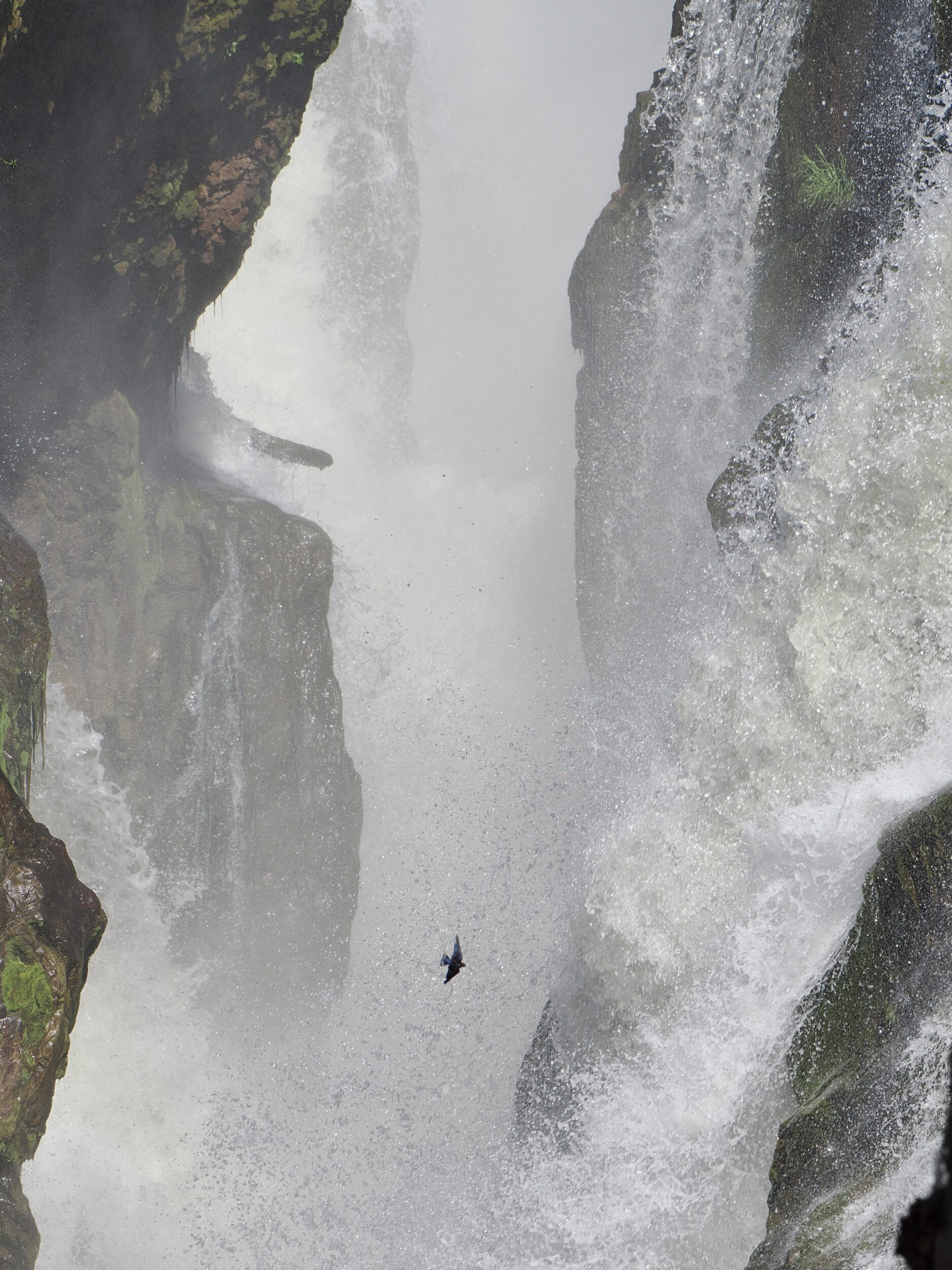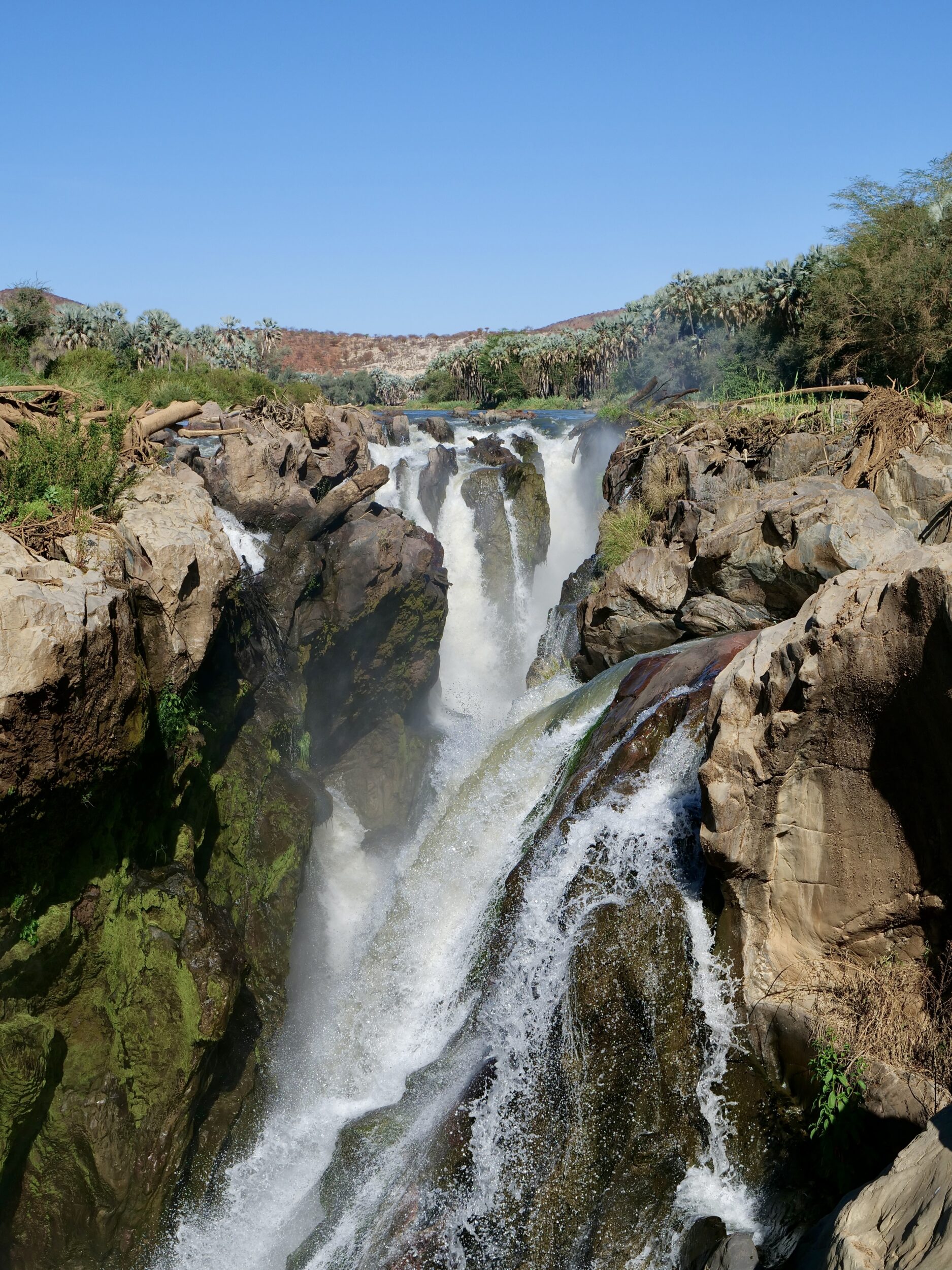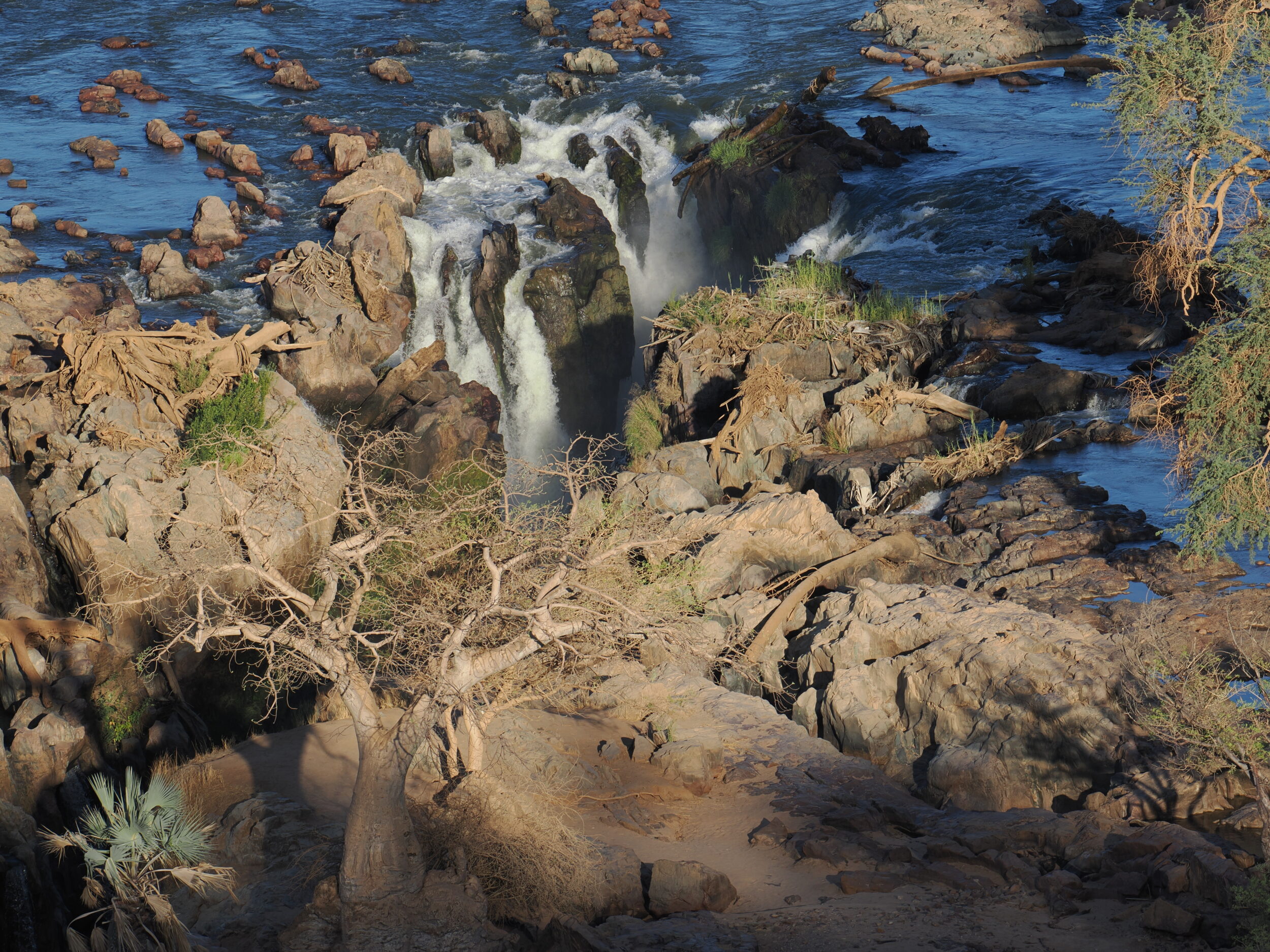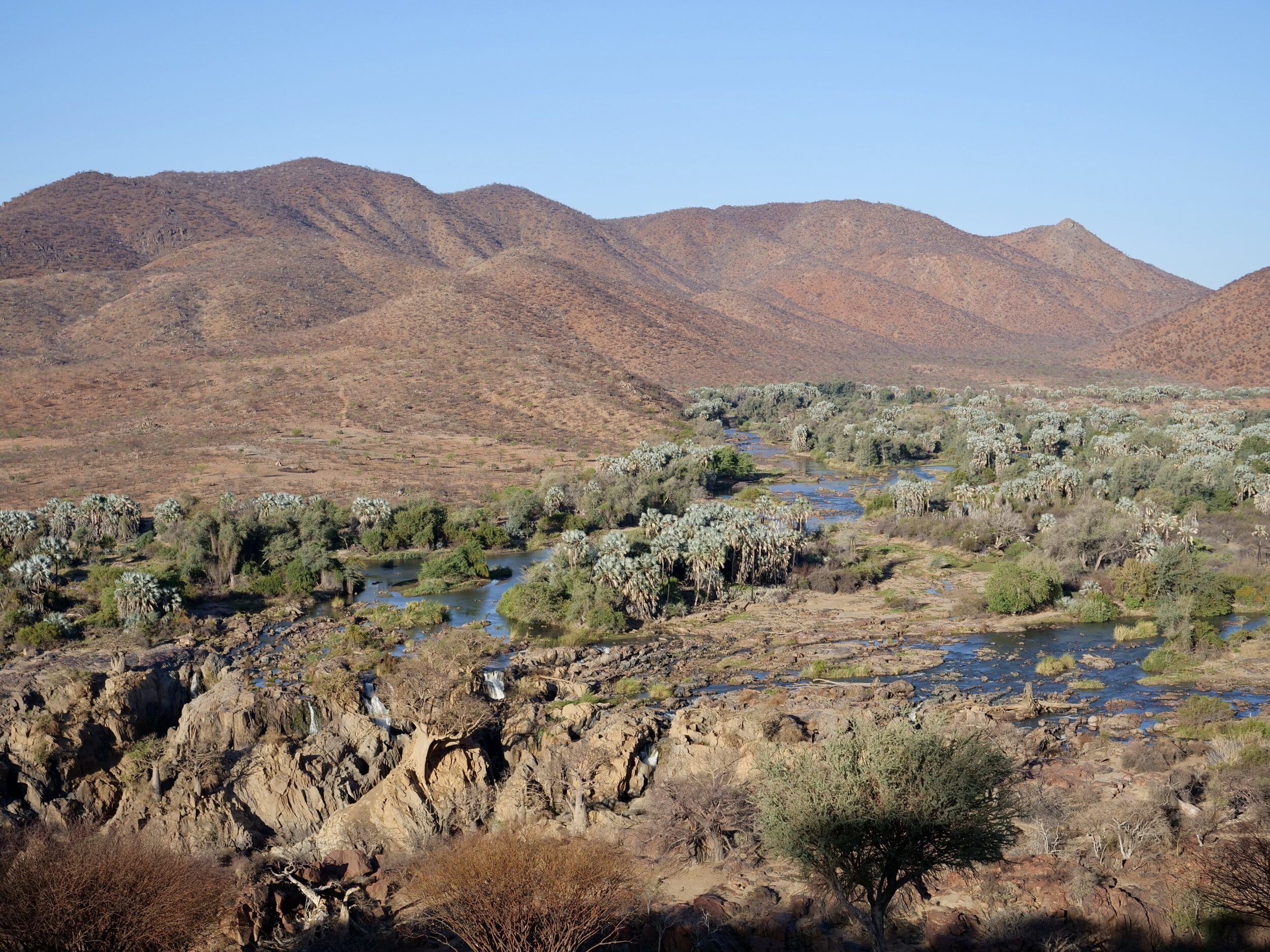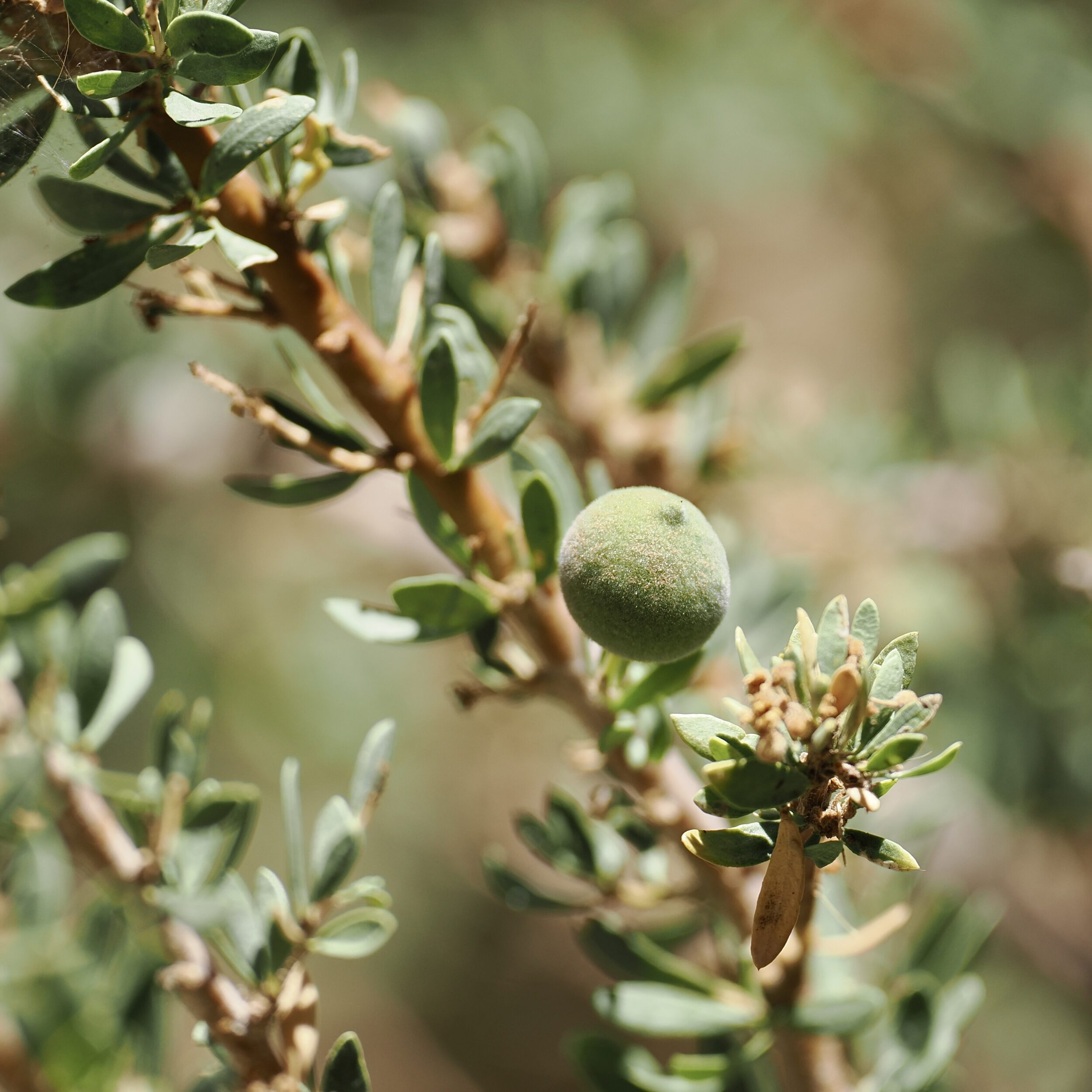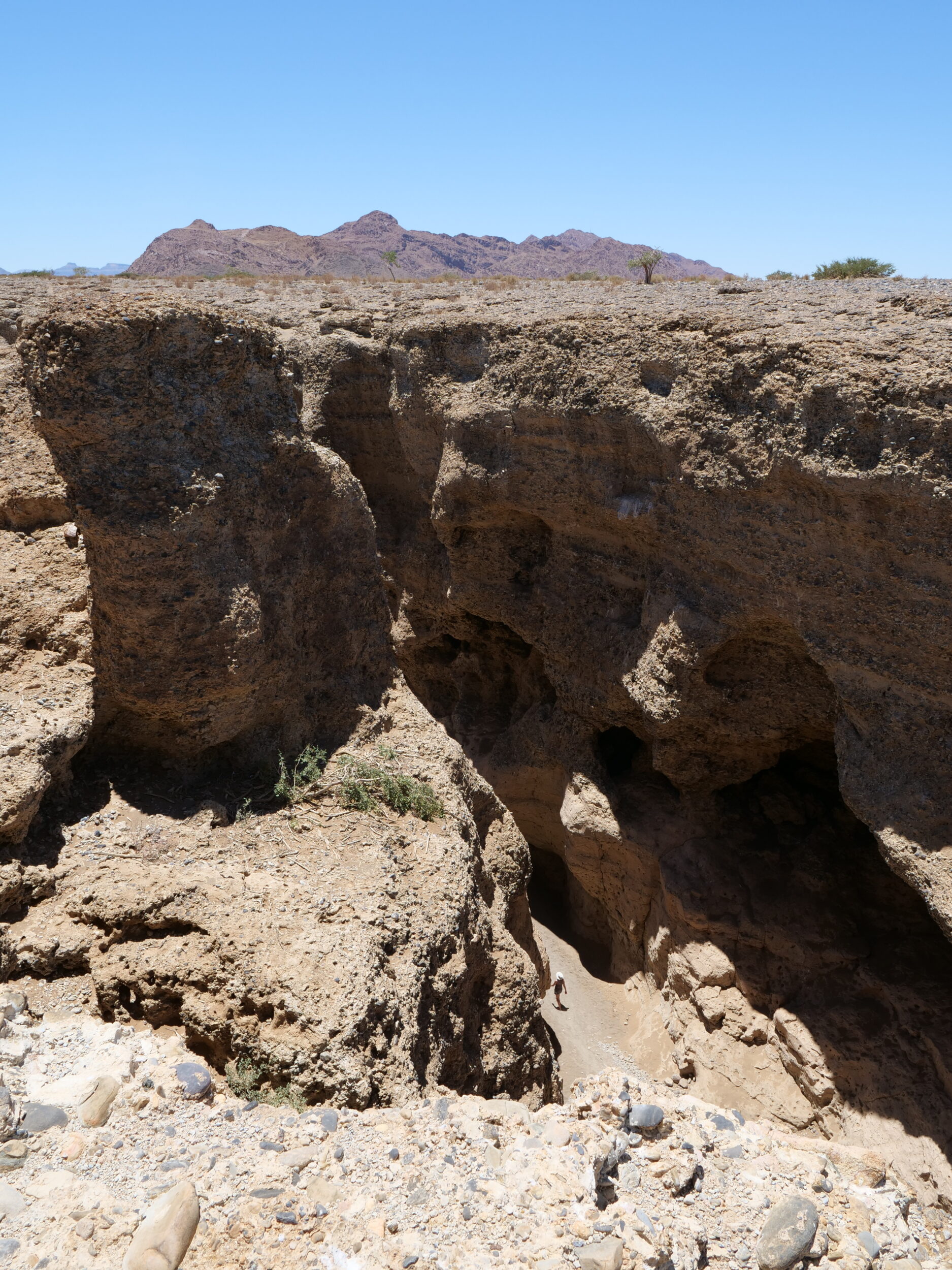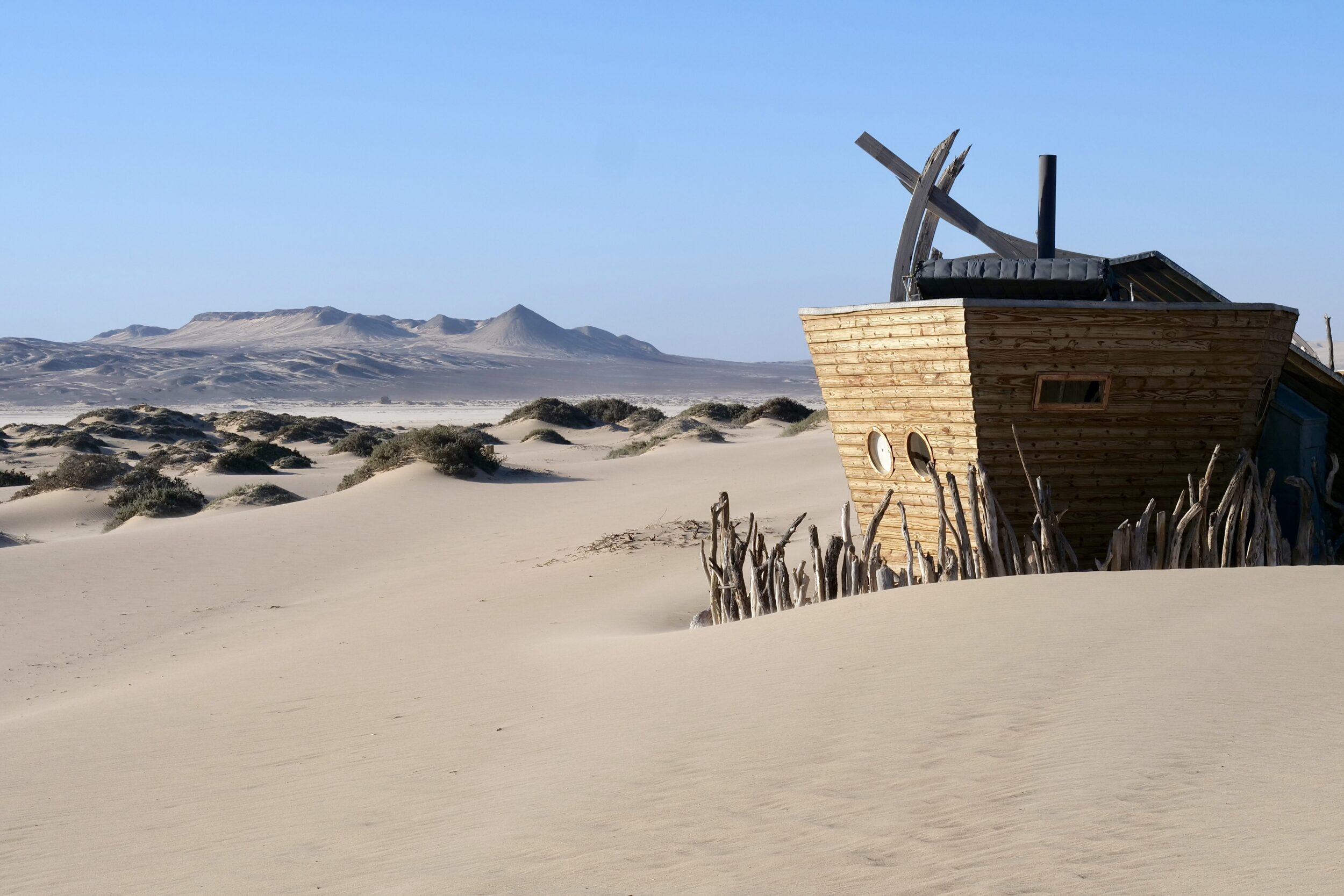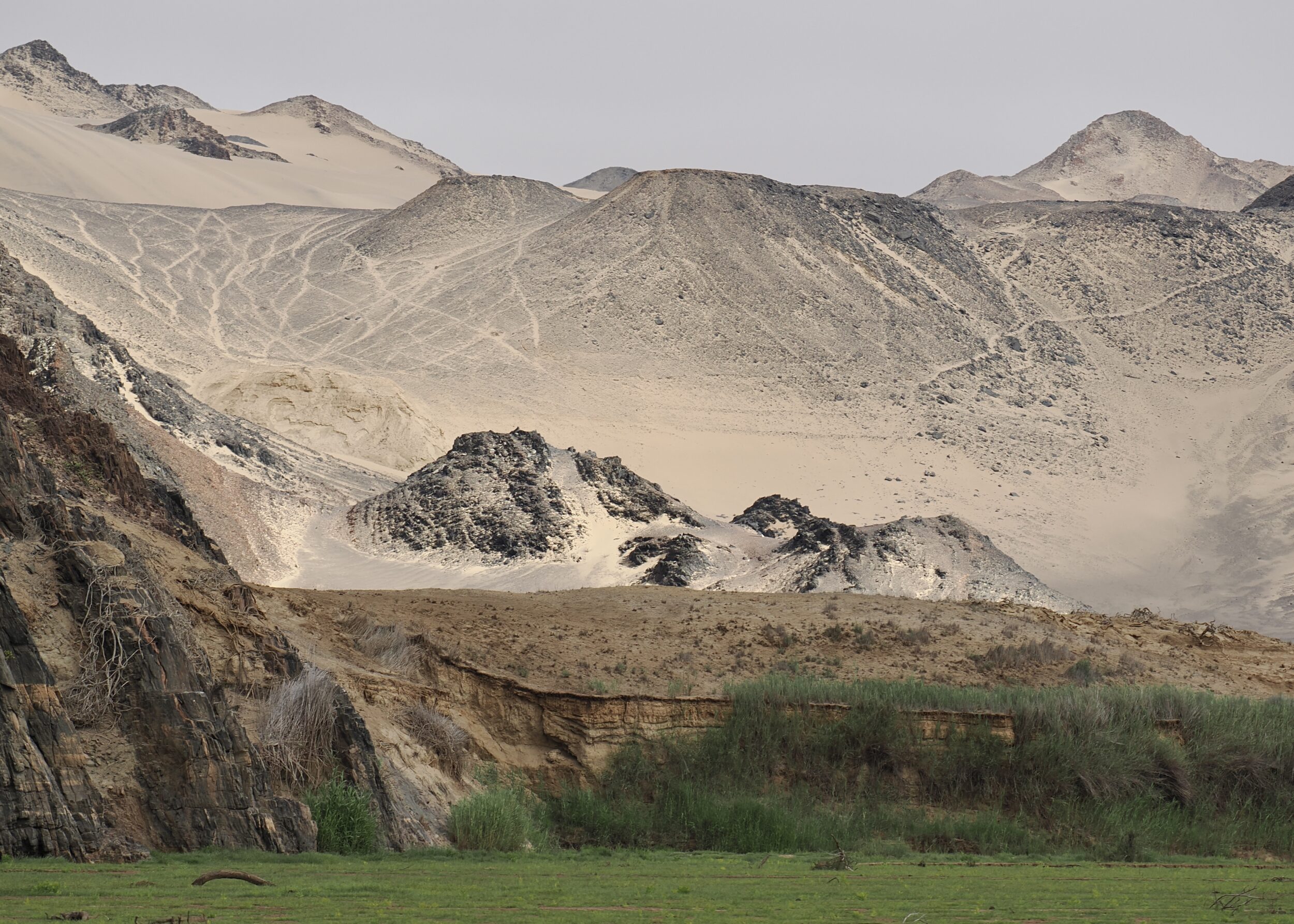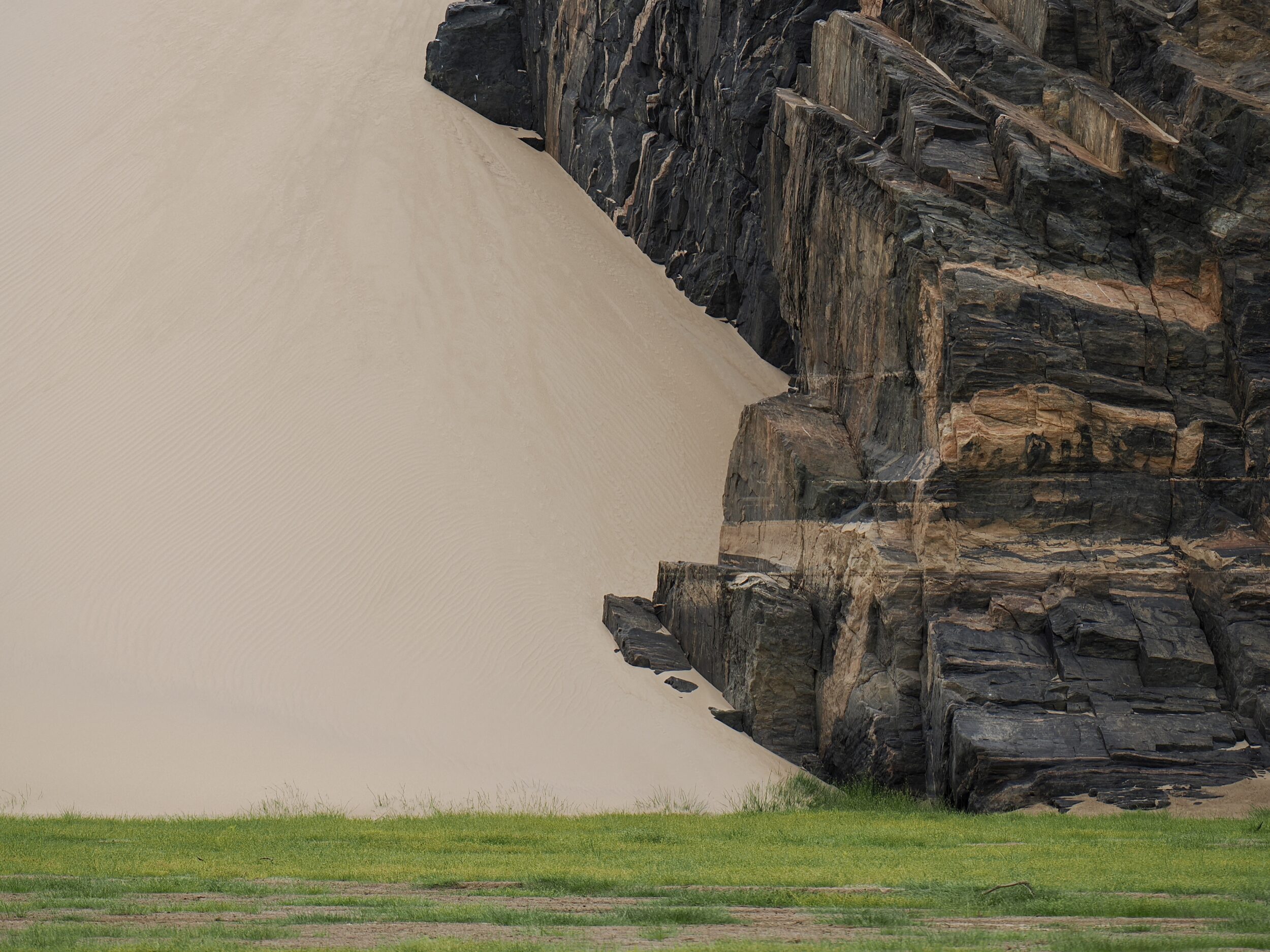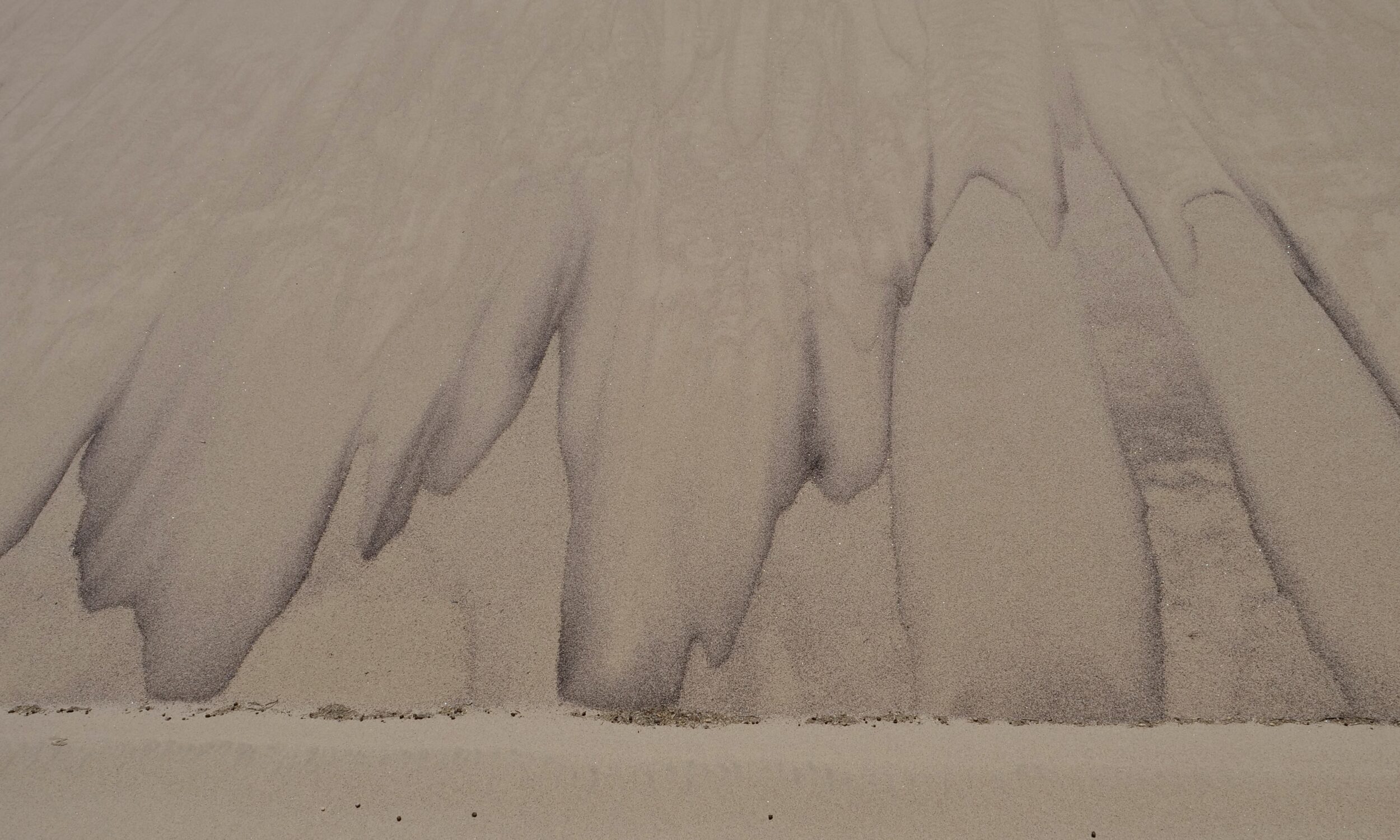The taking of this chapter’s “A” and “B” images saw my feet move hardly at all, between shots.
(in this series, each numbered chapter has an “A”/ “landscape” post and a “B”/“much closer” post)
For this post’s “much closer” image a much longer (more than 8X longer) focal length did the walking, metaphorically – my telephoto lens greatly narrowed the field of view, and brought the waterfall’s “centre” very much “closer”.
Leave a Comment